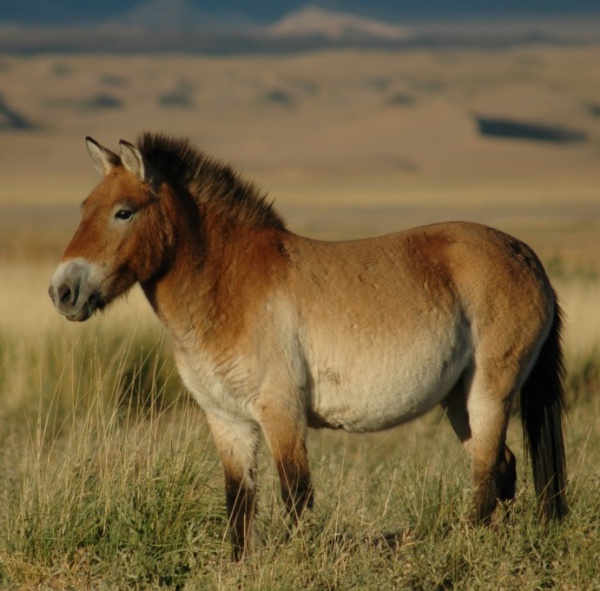Facts About Przewalski's horse
Przewalski's horse, also known as Equus przewalskii or Equus ferus przewalskii, is a rare and endangered equid native to the steppes of Central Asia. Once extinct in the wild, this extraordinary horse has rebounded due to successful reintroduction efforts in Mongolia. However, there's ongoing debate among scientists regarding its classification—some regard it as a distinct species, while others consider it a subspecies or a feral variant of the domesticated horse.
Interestingly, unlike many other wild horse populations, Przewalski's horse has never been domesticated. Recent DNA analyses, though, suggest that these modern horses might have descended from domesticated horses of the ancient Botai culture. The genetic divergence between Przewalski's horses and domestic horses occurred long before the latter were fully domesticated.
Historically, the population of Przewalski's horse dwindled dramatically, resulting in genetic bottlenecks and inbreeding complications. However, due to dedicated conservation efforts, their numbers have risen, and they have been reintroduced into the wild. Zoos and various conservation organizations have played vital roles in breeding and releasing these horses back into their natural habitats.
Przewalski's horse is distinguished by its stocky build, shorter legs, and a dun-colored coat adorned with primitive markings. They live in small family groups and herds, exhibiting complex social behaviors. Their diet primarily consists of vegetation, which varies with the seasons.
Conservation efforts for Przewalski's horse include captive breeding programs, reintroduction initiatives, and the establishment of specialized reserves. These initiatives have been so successful that the species' status has been upgraded from "extinct in the wild" to "endangered" on the IUCN Red List. Various countries and organizations continue to work tirelessly to ensure the survival and genetic diversity of this unique equid.

 Estonia
Estonia